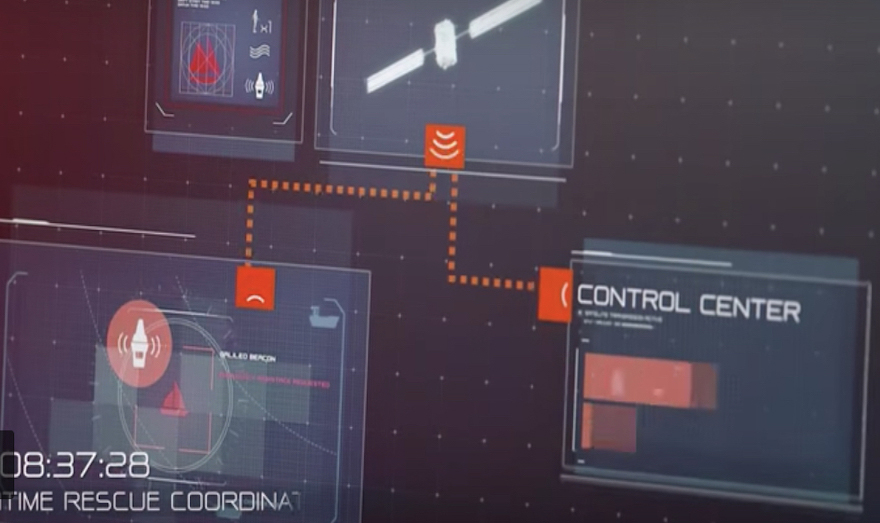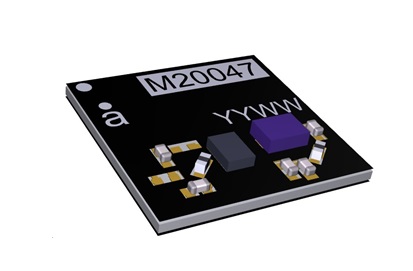The Galileo Return Link Service, which sends an automatic acknowledgement message to people activating a distress signal, in distress to receive automatic acknowledgement that their signal has been received, was declared operational on January 21. The service (RLS) is designed to increase survival rates by giving an important psychological boost to people in distress.
The free-of-charge global service is available through Cospas-Sarsat RLS-compatible beacons. Several beacon manufacturers now have such beacons available for purchase. The functionality enables a communication link that relays Return Link Messages (RLM) back to the originating beacon through the Galileo Navigation Signal in Space (I/NAV E1).
The RLS is a joint effort between Cospas-Sarsat and the Galileo program, supported on one hand by the existing Cospas-Sarsat system and, on the other, by a new Galileo Service Facility called the Return Link Service Provider (RLSP). The RLSP provides the ground-segment interface between the Mission Control Centre, operated by the French Administration (Maritime Affairs and Civil Aviation), which assumes the search and rescue responsibility, and the Galileo core infrastructure, enabling the transmission of RLM requests to Galileo satellites in view of the beacon. The French Space Agency (CNES) assumes the technical part of the French contribution to the Cospas-Sarsat mission.
The return message informs the distressed sender that their signal has been both received and geolocated by the Cospas-Sarsat system, and the data relayed to the relevant search-and-rescue governmental authorities.
The end-to-end RLM delivery time is expected to be about 10 minutes, but in some cases it may take longer, possibly up to 30 minutes from the moment the beacon is activated until the notification is sent via the Galileo signal-in-space.
The SAR Service Definition Document (SAR SDD), available in the European GNSS Service Centre electronic library, is aimed at Galileo SAR users, and describes in detail the characteristics and performance of the Galileo SAR Services. The document presents the relevant system infrastructure and introduces the Minimum Performance Levels that represent Galileo’s commitment to its users during the Galileo SAR Service provision phase.
How It Works
Cospas-Sarsat payloads ride aboard low-orbiting satellites, whose rapid motion allows Doppler ranging of distress signals to pinpoint their location. However, these satellites fly so close to Earth that their field of view is comparatively small. Geostationary satellites now also host Cospas-Sarsat payloads. They see much more of the planet, but because they are motionless relative to Earth’s surface, Doppler ranging is not possible.
Medium-orbiting satellites such as Galileo, at 23 222 km altitude, provide both a wide ground view by multiple satellites as well as time-of-arrival and Doppler ranging techniques to geolocate SOS signals. This improves the maximum signal detection time from four hours to less than five minutes, down to one or two kilometres (within a formal specification of 5 km within 10 minutes). All but the first two out of 26 Galileo satellites carry a Cospas-Sarsat search and rescue package. At only 8 kg in mass, these payloads consume only 3% of onboard power, with their receive-transmit repeater housed next to the main navigation antenna.
The service’s return link message capability was developed as an inherent part of the Galileo system. The messages are relayed to the individual beacons that sent the original distress call by being embedded within Galileo signals broadcast from satellites in their view.
[Image courtesy European Space Agency]






